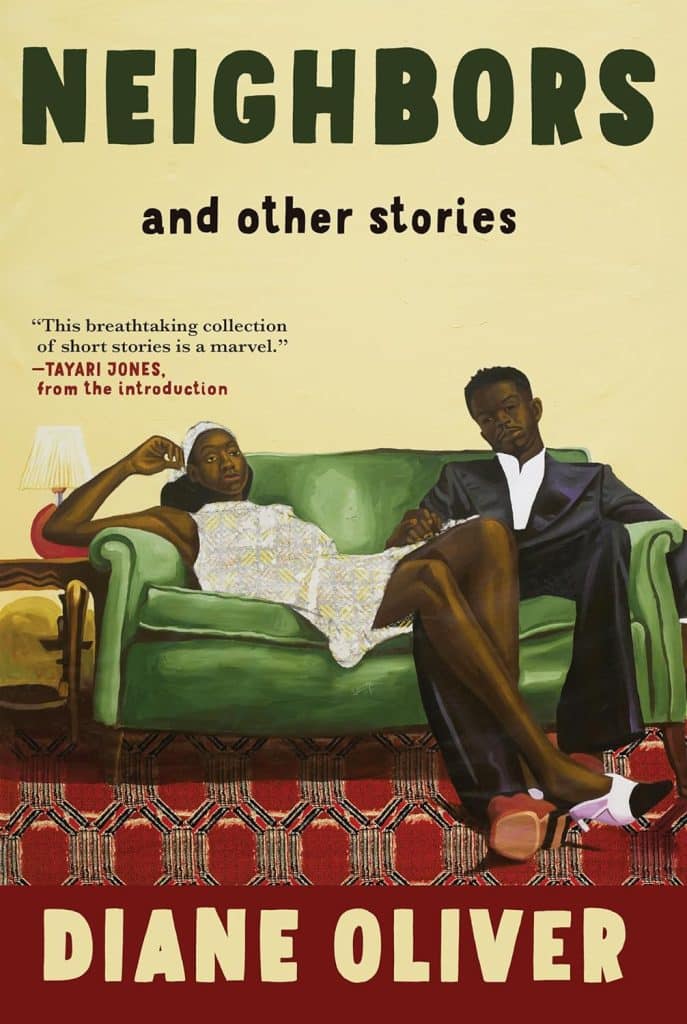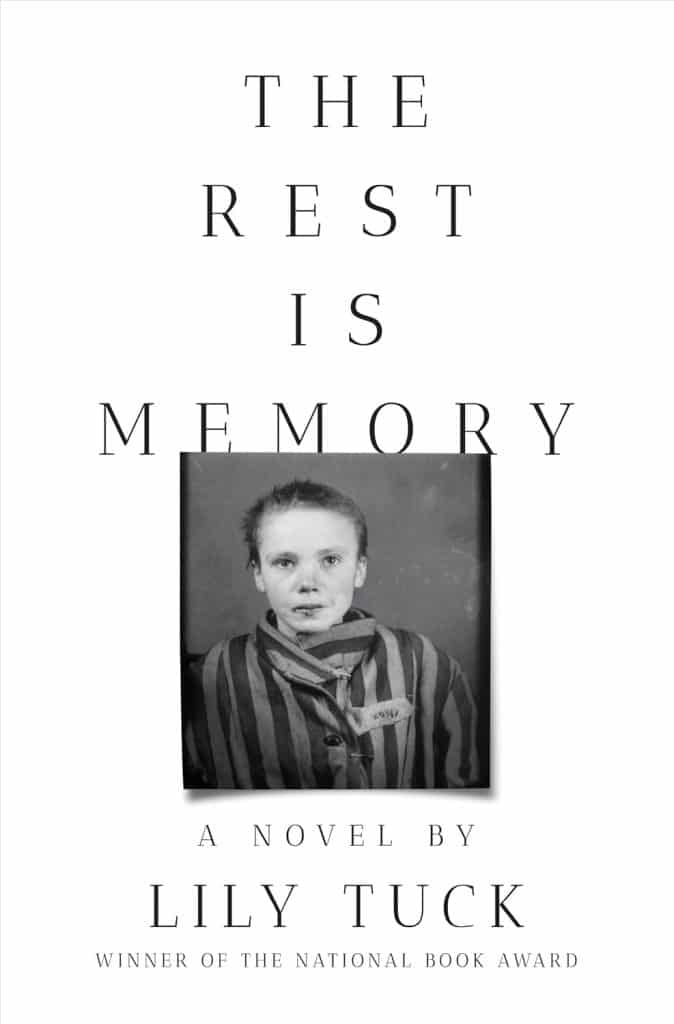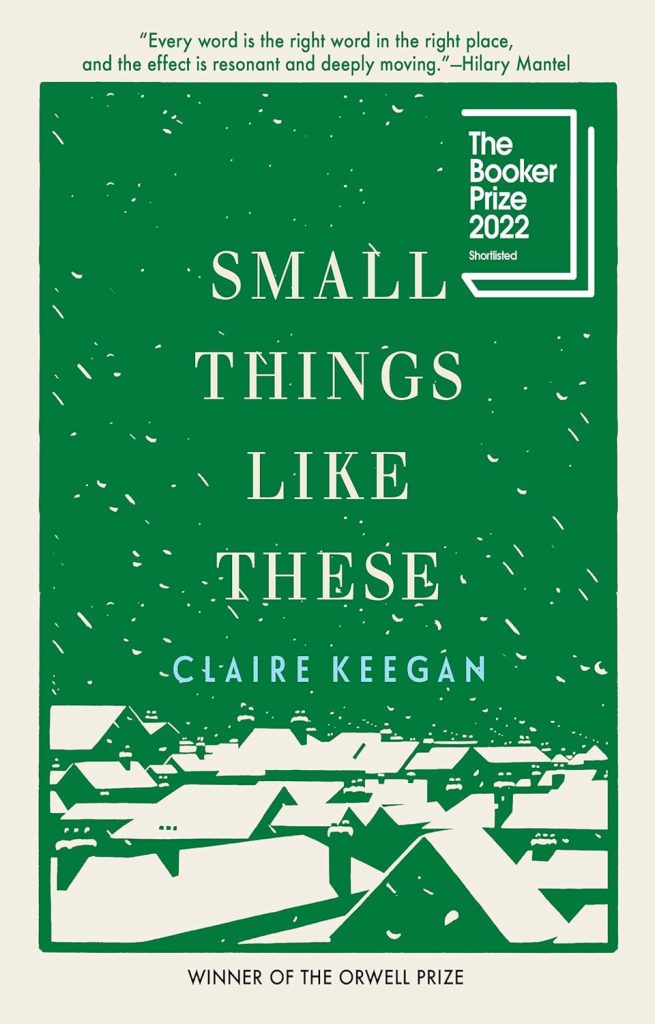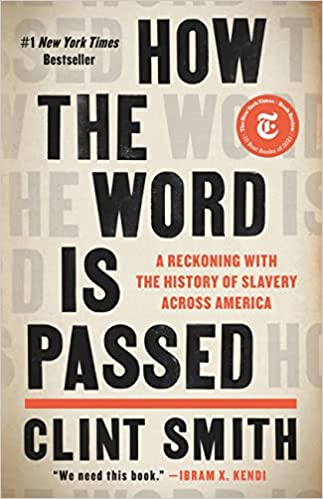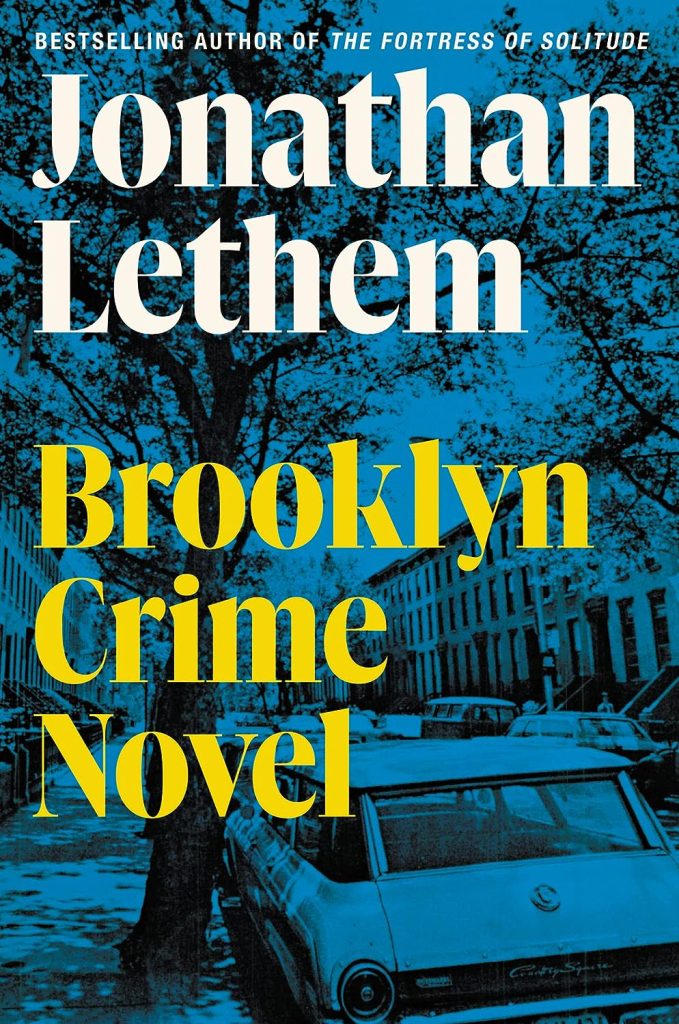The Triad of Love
Estimated reading time: 13 minutes, 6 seconds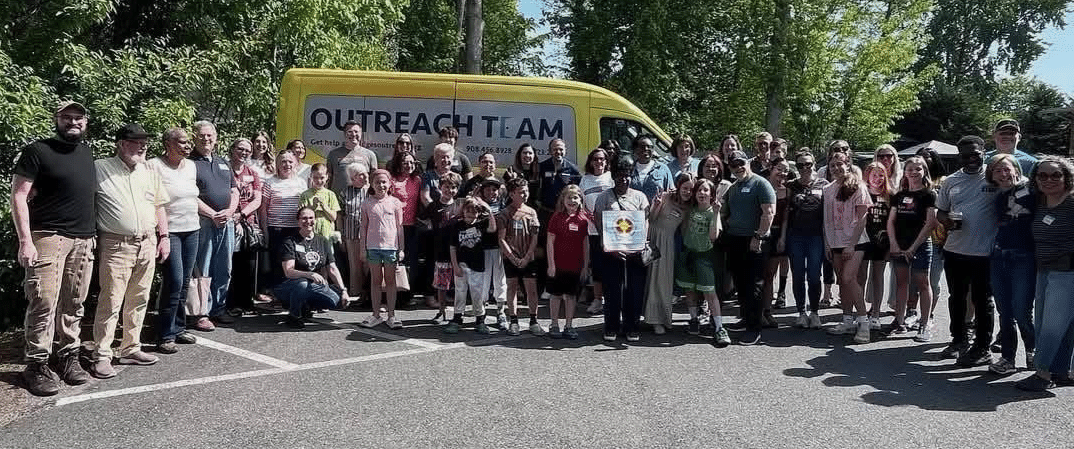
Ten Cherished Days of Memories Embracing the Fullness of Life
Remembering the loves of our lives is an ongoing journey that goes beyond anniversaries or special dates. The profound love I shared with my wife has defined who I am, and it’s hard to imagine a day passing without thinking of her. In the early days after her passing, I found myself engulfed in darkness, uncertain about how to live or even if I wanted to live at all. The incredible strength of our love has been like a guiding light, illuminating even my darkest moments.
This love has inspired me not only to embrace her passions but also to embark on my journey after loss. I share my story and actively support cancer research. I’ve dedicated myself to volunteering, taking long walks, immersing myself in books, and truly savoring every moment life has to offer. This love fuels my passion for living life to the fullest and serves as a testament to the resilience of the human spirit, as well as the incredible power of love to inspire hope in the face of adversity.
I’ve come to realize that these small moments of remembering are not just fleeting thoughts; they are the anchors that keep us connected to our loved ones and provide comfort in our grief. Each day also brings opportunities for reflection and appreciation, a powerful tool that has been instrumental in my healing process. It reminds me of the beauty of our time together and the importance of embracing life to the fullest. The life I lead today, filled with love and purpose, would not have been possible without a marriage built on love and support.
Many of my friends have remarked that I seem transformed, almost like a better or entirely new person. While I can’t confirm or dispute their perceptions, I do know one thing: every day, I consciously choose to embrace life with open arms. I strive to savor each moment, filling my days and nights with as much joy and meaning as I can for however much time I have left.
In this post, I will share three essays that I previously published on my stream, covering events that took place over ten days from April 26 to May 5. This timeframe begins with the Big Climb, just two days after what would have been her seventy-fifth birthday, and it concludes on the fourth anniversary of her funeral.
Initially, you might think that these stories revolve around sad memories, but they reflect who I am today and offer insight into my future journey. I always appreciate your feedback, as it plays a crucial role in my growth and helps me strive to live my best life. Your thoughts and insights are invaluable to me, and I truly value your presence in my journey. It is your support that has made my transformation possible, and I am grateful to every one of you. Your support is not just appreciated; it is essential to my journey and my fight against cancer.
After almost 48 years, I recently lost my wife, Jan Lilien. Like The Little Prince, Jan and I believed that “The most beautiful things in the world cannot be seen or touched, they are felt with the heart.” This blog is a collection of my random thoughts on love, grief, life, and all things considered.


